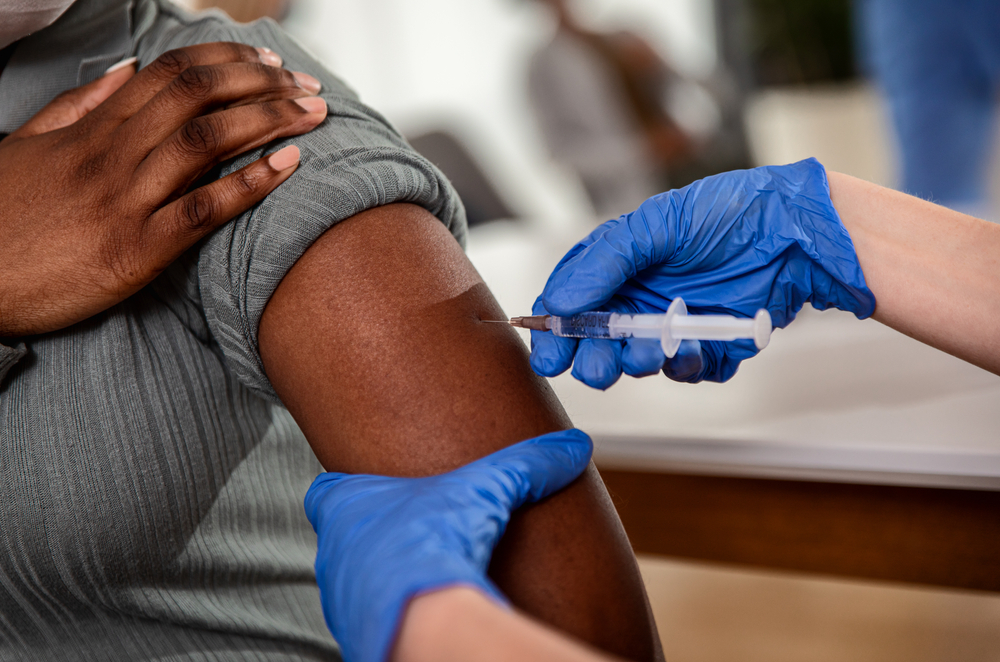‘Trending’ doctors’ notes could help hospitals predict COVID-19 surges
3 March 2021
Data mining technology developed by researchers at the NIHR Maudsley Biomedical Research Centre could help hospitals plan for surges in COVID-19 cases, based on notes recorded electronically by doctors.

A recent study, published 24 February in Nature Digital Medicine, found that ‘natural language processing’ (NLP) of information routinely recorded by doctors – as part of patients’ electronic health records – reveal vital trends that could help clinical teams forecast and plan for surges in patients.
The researchers from King’s College London, King’s College Hospital NHS Foundation Trust (KCH), and Guy’s and St Thomas’ Hospital NHS Foundation Trust (GSTT), used NLP algorithms to translate the electronic notes made by doctors into a standardised, structured set of medical terms that could be analysed by a computer.
Tracking trends in patients
In the same way social media posts can be tracked and aggregated by ‘hashtags’, the researchers detected words or phrases that were ‘trending’ in electronic health records at KCH and GSTT, during key stages of the COVID-19 pandemic last year. For instance, they tracked the number of patient records containing keywords for symptomatic COVID-19, such as ‘dry cough’, ‘fever’ or ‘pneumonia’. Throughout the pandemic, hospital doctors have entered patient symptoms and test results into electronic health records, which are used to track the spread of COVID-19 at a national level. However, these records often contain incomplete and unstructured data, that is difficult to access and analyse.
By analysing the text as a ‘bag of words’, the researchers were able to produce real-time maps of trending ‘signals’ (i.e., symptoms that were most frequently recorded by doctors), and these signals closely mirrored patterns of positive laboratory tests reported by each hospital. Clear spikes were visible in March 2020, for instance, during the first wave of COVID-19 cases, and in subsequent waves.
Providing advance warning for hospitals
The study indicates that these signals provide a real-time situational report of reflecting current activity levels in a hospital and up to four days advance warning for hospitals helping them to prepare for surges in COVID-19 admissions.
The study authors also reported a strong association between the trending signals and regional tracking of COVID-19 admissions in London hospitals. In addition, they found that as new COVID-19 symptoms emerged nationally, these symptoms were also recorded more frequently by doctors at KCH and GSTT.
Dr James Teo, Clinical Director of AI at King’s College Hospital and Guy’s and St Thomas’ Hospital, said: “By teaching computers how to read and understand doctors’ notes, we hope to reveal important patterns and trends that could help in the fight against COVID-19 and other diseases.
Tracking word trends in electronic health records offers an additional method for studying disease and healthcare activity, in a way that is very easy and cost-effective to run. While this method was shown to be effective in two individual hospital Trusts, the approach could be scaled up to a regional or even national level with the right privacy safeguards”.
CogStack
The CogStack platform used in this study allows researchers to interrogate complex sets of data extremely rapidly, providing a real-time feed of what is happening in a particular hospital, allowing clinical teams to prepare for incoming patients.
Professor Richard Dobson, Head of the Department of Biostatistics & Health Informatics, NIHR Maudsley BRC, said: “The CogStack platform allows us to extract information from deep within hospital records at King’s College Hospital NHS Foundation Trust in near real time. This means we can anticipate likely increases in pressure on the system before receiving information such as test results, giving clinical teams time to react and prepare in advance.”
Acknowledgments
The platforms behind this research was funded by the National Institute for Health Research (NIHR) Maudsley Biomedical Research Centre (BRC), Health Data Research UK, UK Research and Innovation, London Medical Imaging & Artificial Intelligence Centre for Value Based Healthcare, Innovate UK, the NIHR Applied Research Collaboration South London, the NIHR University College London Hospitals Biomedical Research Centre and King’s College London.
The researchers thank all the patients who agreed to their data being used for research, and the patients of the KERRI committee.



